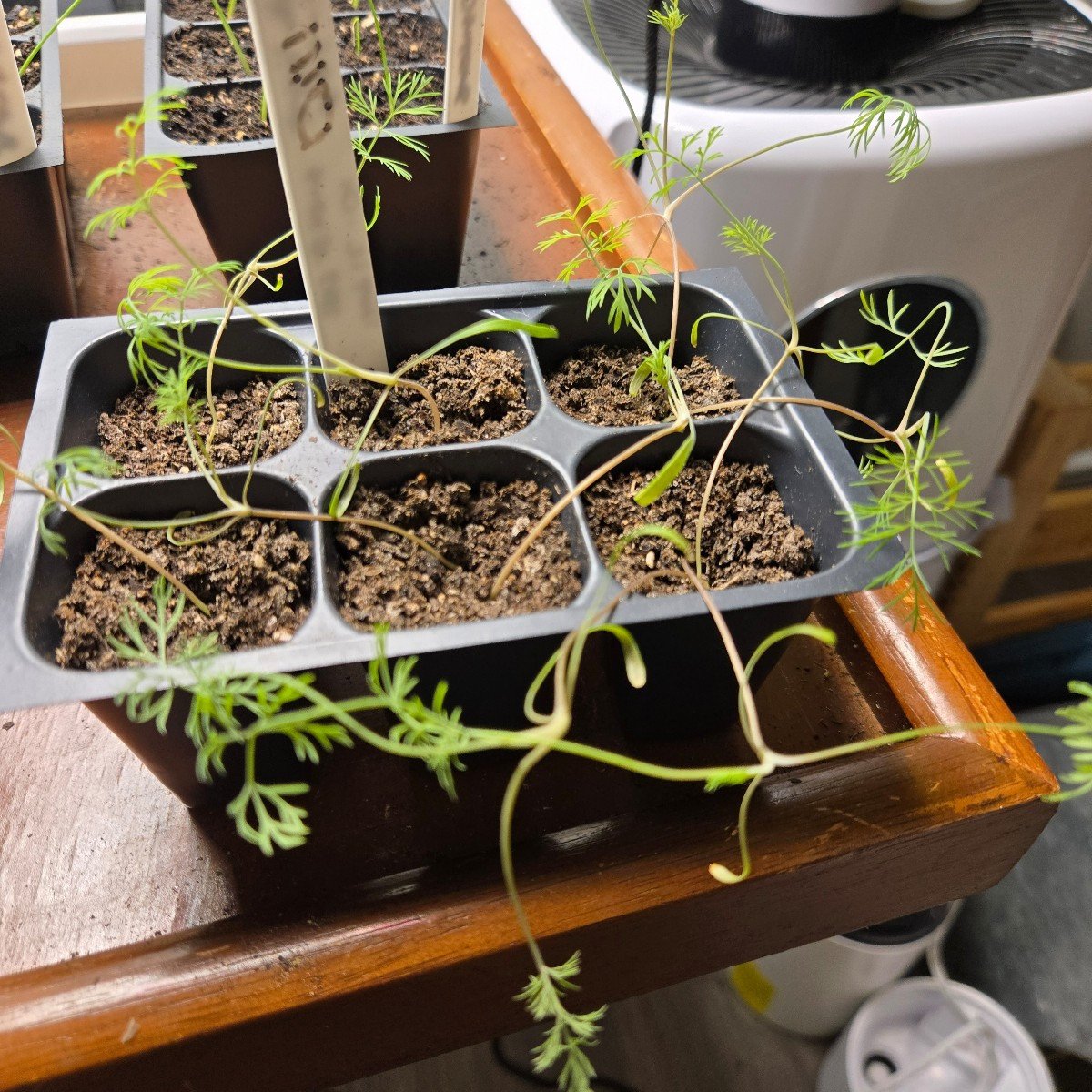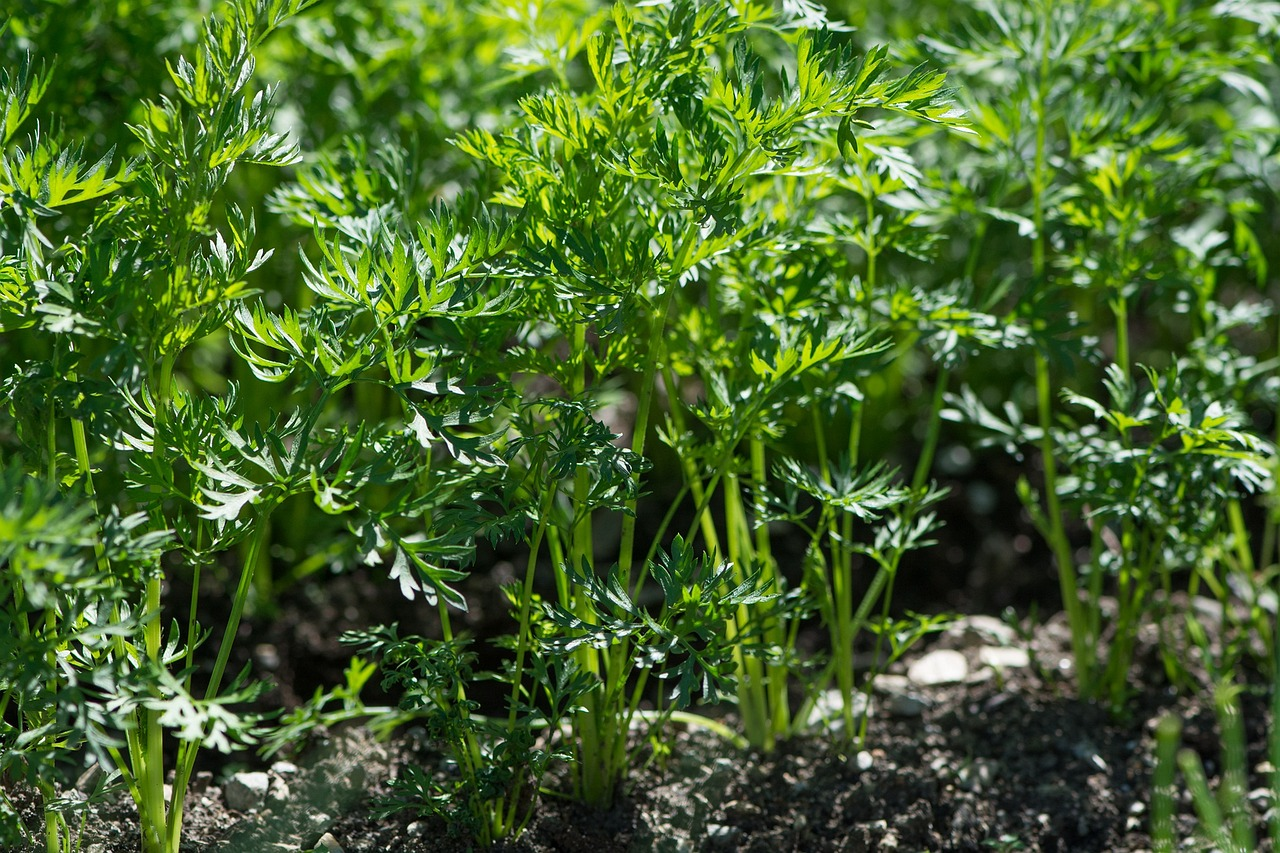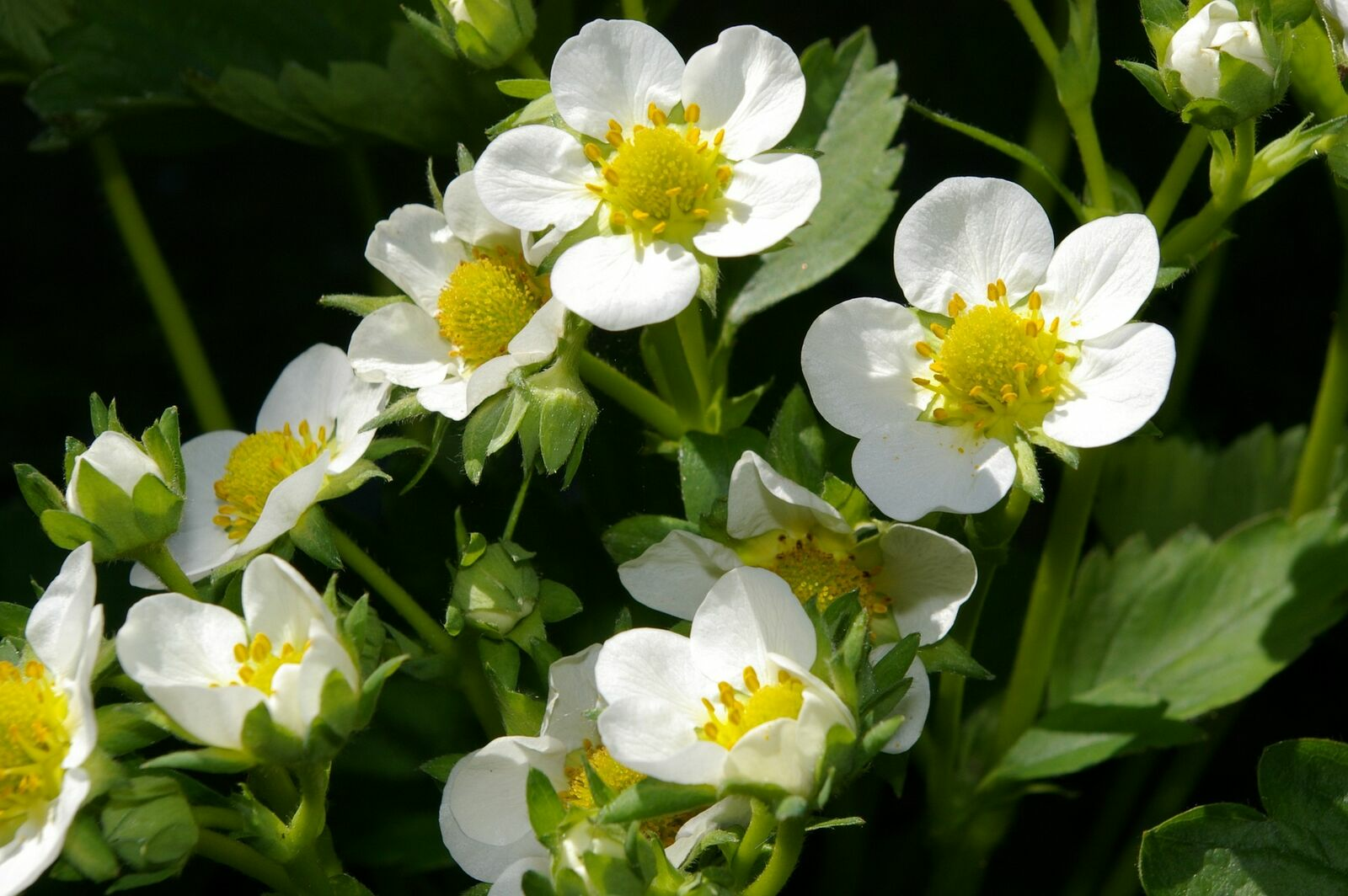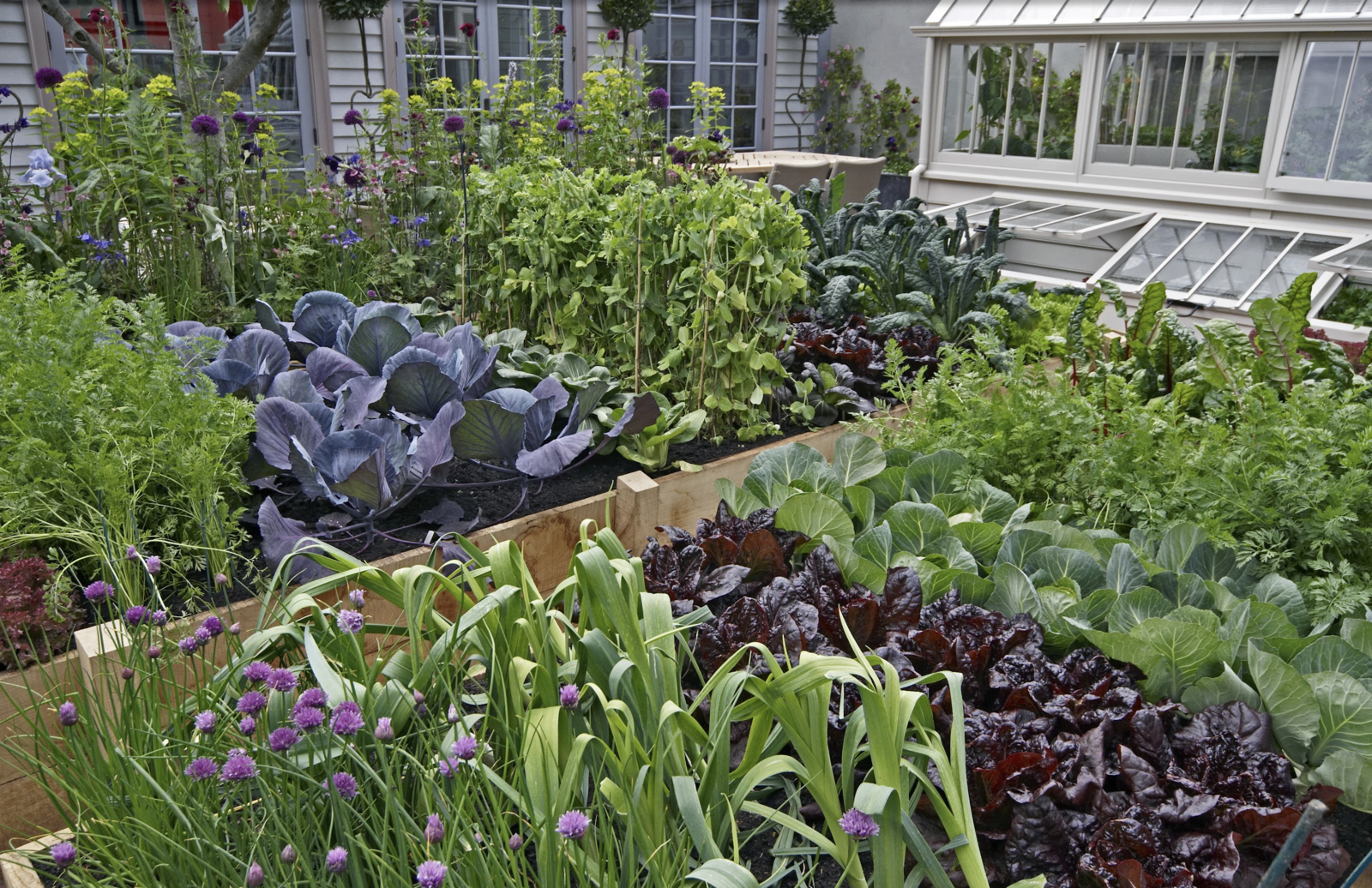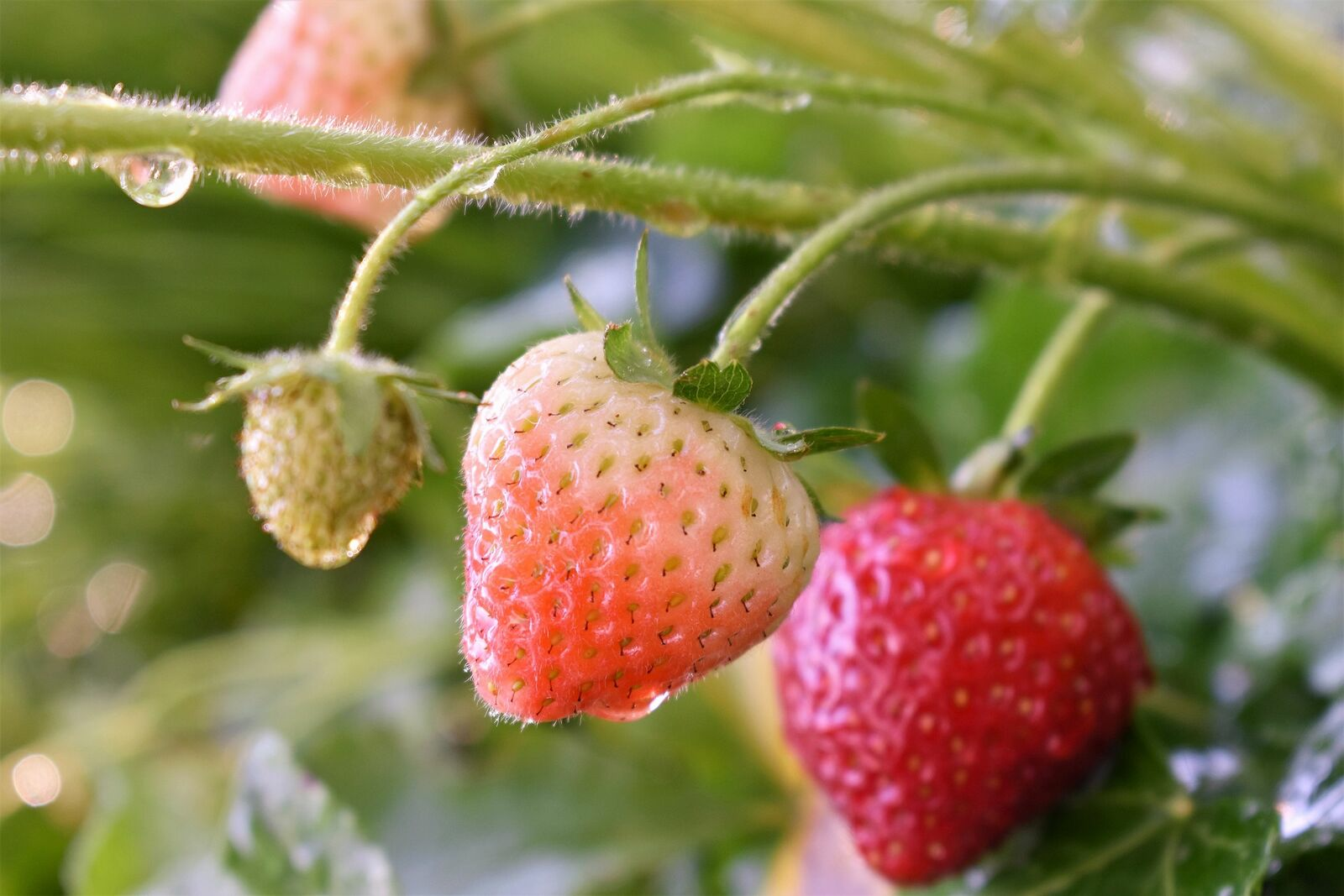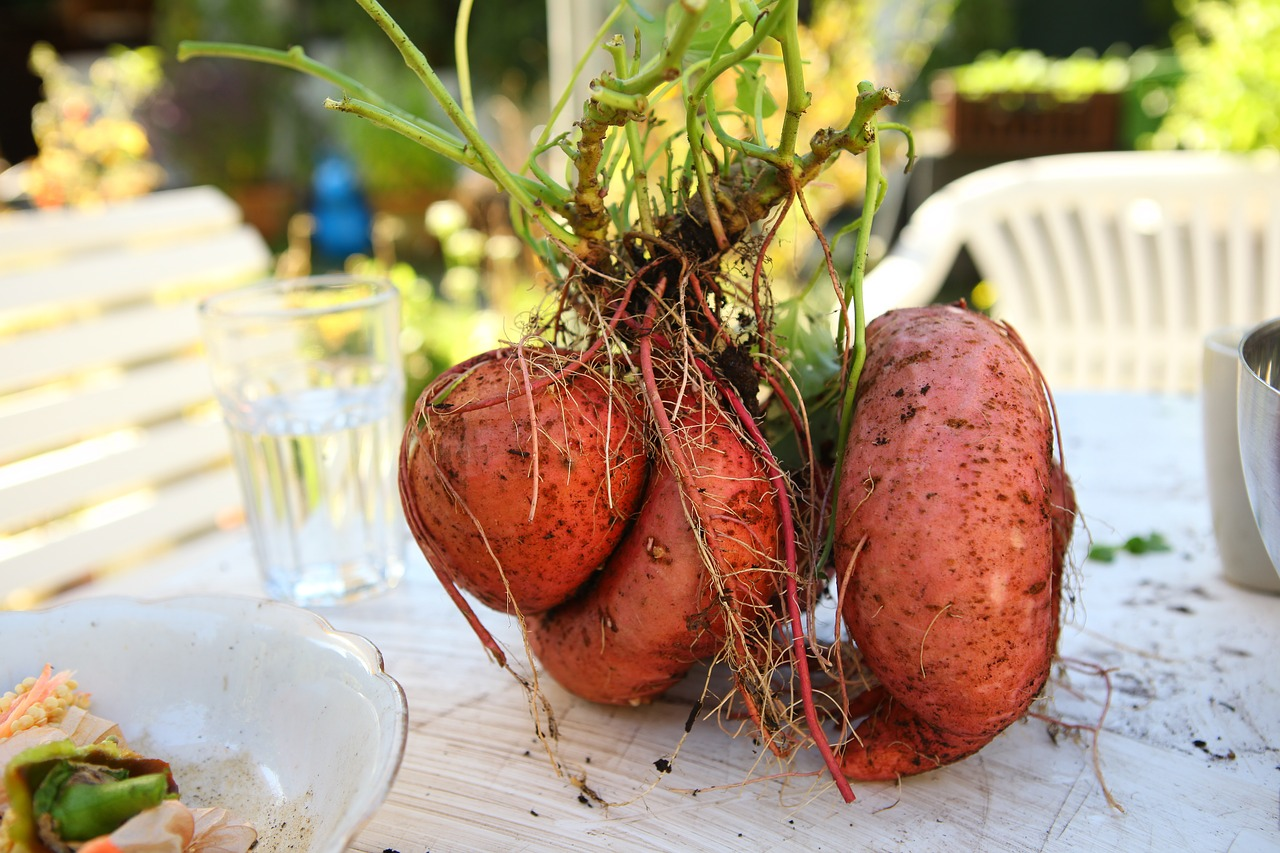
Overwintering Parsley: How to Do It Successfully
Parsley (Petroselinum crispum) belongs to the umbellifer family. Depending on care and use, it is an annual to biennial herb. As parsley is hardy, you can overwinter the herb without any problems. You can find out what you need to bear in mind here in this article.
This Article Contains:
Quick Overview
The Right Location for Parsley
- windless and sunny to semi-shady
- Soil deep and humus-rich
Overwintering Parsley
- Parsley is hardy
- Provide winter protection in cold areas
- Or place in a bright and cool place indoors and water regularly
Propagate Parsley
- Parsley grows as a biennial, i.e. it flowers in the summer of the second year
- After flowering and ripening of the seeds, you can cut off the inflorescences and dry the seeds
The Right Location for Parsley
To get your parsley through the winter well, it is important to choose a suitable location. It thrives best in windless, sunny to partially shaded areas. The soil should be deep and humus-rich and allow water to drain well. The herb does not tolerate waterlogging particularly well. You can find out more about Planting, Sowing and Caring for Parsley in this article.
Overwintering Parsley: What You Need to Consider
Parsley is hardy and copes well with our winters. However, if it has not found a suitable location, you should take the precaution of providing it with light winter protection. This is also an advantage in very cold regions. Suitable materials for this are straw, leaves and brushwood. Otherwise, the herb actually needs little to no care in winter. It is only important that they do not dry out.
Overwintering parsley indoors, on the other hand, is somewhat more difficult. It needs a cool, bright place and must be watered regularly. It is also more easily attacked by aphids and fungus gnats in winter. You can find even more Helpful Tips on How to Overwinter Perennial Plants here.
Propagate Parsley: This Is How It Works
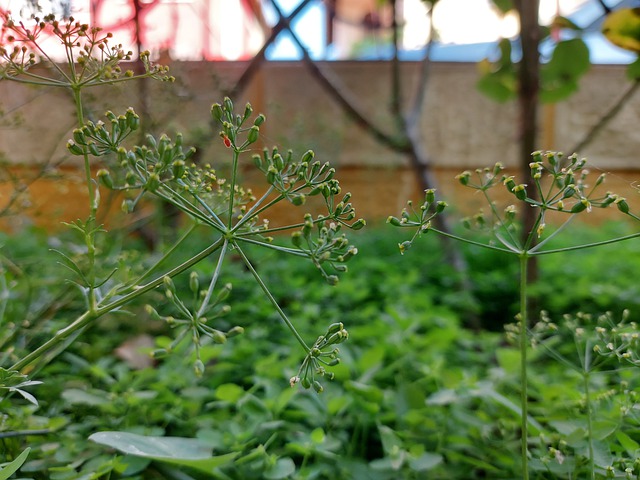
Like most umbellifers, parsley is a biennial. This means that in the first year, the plants only produce leaves. The herb then flowers in the summer of the second year. Until then, the leaves can be harvested. When the parsley has finished flowering and the seeds have ripened, you can carefully cut off the inflorescences. The whole plant can then be removed, as it will no longer produce tasty leaves after flowering. Leave the seeds to dry for a few days in a well-ventilated place and put them in a paper bag to save them.
If you have any questions or comments, please write to us at [email protected].
Want to get helpful gardening tips all year round and plan your own beds in the best possible way? Then register here or download the Fryd app for Android or iOS.
Fryd - Your digital bed planner
Image by Peggychoucair on Pixabay
Ann Sophie
Ann Sophie is studying agricultural sciences at the University of Hohenheim. There, she grows vegetables on her balcony. She also enjoys spending her free time in nature, preferably hiking with friends.
Learn MoreFAQ
Parsley is hardy and can overwinter well outdoors. However, you should provide winter protection in a windy place and cover the plants with some straw, leaves or brushwood.
Can I overwinter parsley indoors?
Potted parsley, on the other hand, should be kept indoors as potted plants are more susceptible to frost damage. Here you should choose a cool and bright place and don't forget to water regularly!
Is parsley annual or biennial?
Like most umbellifers, parsley is a biennial plant. It therefore only forms its flowers in the second year.
After flowering, the seeds ripen on the inflorescences. Once the seeds are brown and fully ripe, you can cut off the inflorescence and dry the seeds in a well-ventilated place.


